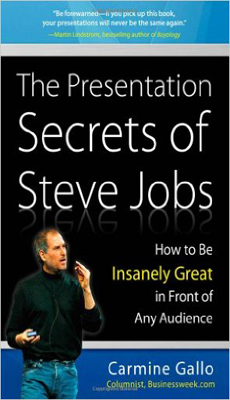Content Writers Can Take Inspiration From Big-Hitter Bios
The Start Your Own Business Magazine 2023’s list of “things big-hitters in business have in common” is one blog content writers might want to keep taped to their computer screens, I couldn’t help thinking…
1. Big-Hitters are perfectionists. Steve Jobs obsessed over small details.
Successful blogging for business is all about detail. Corporate websites provide basic information about a company’s products or a professional’s services, but the business blog content is there to attach a “face” and lend a “voice” to that information by filling in the finer details. In fact, details are what people tend to remember long after reading a piece.
2. They stay on task. Warren Buffett invests for the long haul.
In training sessions, one of the main lessons I need to convey to would-be blog content writers is that the real challenge in blogging is sustainability, even more than the content creation. “Every time you write a blog post, it’s one more indexed page on your website. It’s also one more cue to Google and other search engines that your website is active,” Corey Eridon of Hubspot says.
3. They have courage. Mark Zuckerberg dropped out of Harvard to work on Facebook.
At least some of our readers already know quite a bit about our subject. What they’re looking for is new perspective on the subject. People are going to want to do business with people who have the courage to offer strong recommendations and opinions in a blog.
4. They do the right thing. Google founders Sergey Brin and Larry Page ended dealings with China (the Chinese wanted to censor search results.)
As business blog content writers, we can work to inspire readers to have three types of trust in the business providers and professional practitioners who hire us: a) trust in their know-how, b) trust in their ethics, and c) trust in their empathy and caring for customers.
5. They think differently. Apple’s Steve Wozniack was the innovator, designing the Macintosh.
Online searchers will undoubtedly have heard some of the information you’re providing before. It’s your unique slant or innovative approach that’s likely to elicit that all-important “Never thought of it that way!” response. Your blog post is a way to show readers that this is no cookie-cutter company they’re about to meet. I always advise clients to use their blog to provide information – particularly new information – related to their field.
Content writers can take inspiration from big-hitter business people.






Follow us online!